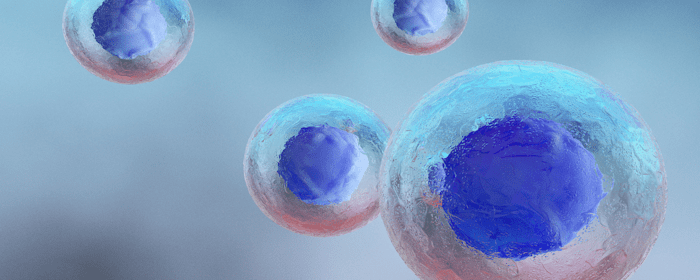
Chondrocyte and Mesenchymal Stem Cell-Based Therapies to Help Manage in Osteoarthritis and Other Orthopedic Conditions
Osteoarthritis (OA) continues to be the most common form of degenerative joint disease in the United States and around the world.
According to the World Health Organization (WHO), 528 million people worldwide were living with osteoarthritis (OA) in 2019, which is an increase of 113% since 1990. The Global Burden of Disease Study 2021 found that 595 million people had OA in 2020, which is 7.6% of the global population. The Centers for Disease Control and Prevention (CDC) estimates that over 32.5 million adults in the U.S. currently live with OA.
Despite the tremendous increase in the global incidence of OA, there are no effective pharmaceutical therapies that are able to restore the original structure and function of damaged articular cartilage.
Considering this, cell-based therapies for OA and other orthopedic disorders have become a primary area of current research and development.
In this review, Mobasheri et al. focus on the structure and function of articular cartilage, the pathogenesis of OA, and explore the challenges associated with cartilage repair and regeneration using cell-based therapies that utilize chondrocytes and mesenchymal stem cells (MSCs).
Articular cartilage (AC) has demonstrated a very poor ability to repair and regenerate. Being largely avascular and containing no blood vessels, AC lacks the blood flow required in the biological repair response process.
Overtime, and with age, cartilage loses its already limited capacity for repair and damaged cartilage is typically replaced by fibrocartilage-like scar tissue. With no successful surgical technique demonstrating success in stimulating AC repair and regeneration, autologous chondrocyte implantation (ACI) has emerged as one of the most widely used cell-based repair strategies for articular cartilage. Performed on over 12,000 patients worldwide, ACI has encouraged the growth of durable cartilage-like tissue and demonstrated the ability to significantly reduce pain in patients.
Recent studies have also demonstrated that the immunomodulatory properties of MSCs are able to be exploited for the treatment of many inflammatory and rheumatic conditions, including OA. Specifically, the ability of MSCs to migrate to the site of an injury, induce peripheral tolerance, and inhibit the release of pro-inflammatory cytokines has been observed to promote tissue repair and the survival of damaged cells.
Considering these advances, Mobasheri et al. report that tissue engineering with chondrocytes and MSCs is now considered to be a promising way of repairing articular cartilage lesions. While there is significant evidence of the potential of these cell-based therapeutic treatment options, the authors also point out fundamental weaknesses associated with the models available to date.
Included among these weaknesses is the fact that none of the engineered tissue currently available possess the normal zonal organization of chondrocytes observed in vitro and considered to be the prerequisite for normal cartilage function and for the success of any future clinical application.
While there are still weaknesses associated with tissue utilizing engineering and cell-based therapies to repair cartilage in OA and other orthopedic conditions that require further research, the authors conclude that these emerging therapeutic options hold tremendous promise for managing OA in the future.
Source: Ali Mobasheri, Gauthaman Kalamegam, Giuseppe Musumeci, Mark E. Batt,
Chondrocyte and mesenchymal stem cell-based therapies for cartilage repair in osteoarthritis and related orthopaedic conditions, Maturitas,Volume 78, Issue 3, 2014, Pages 188-198, ISSN 0378-5122.

 St. Petersburg, Florida
St. Petersburg, Florida
